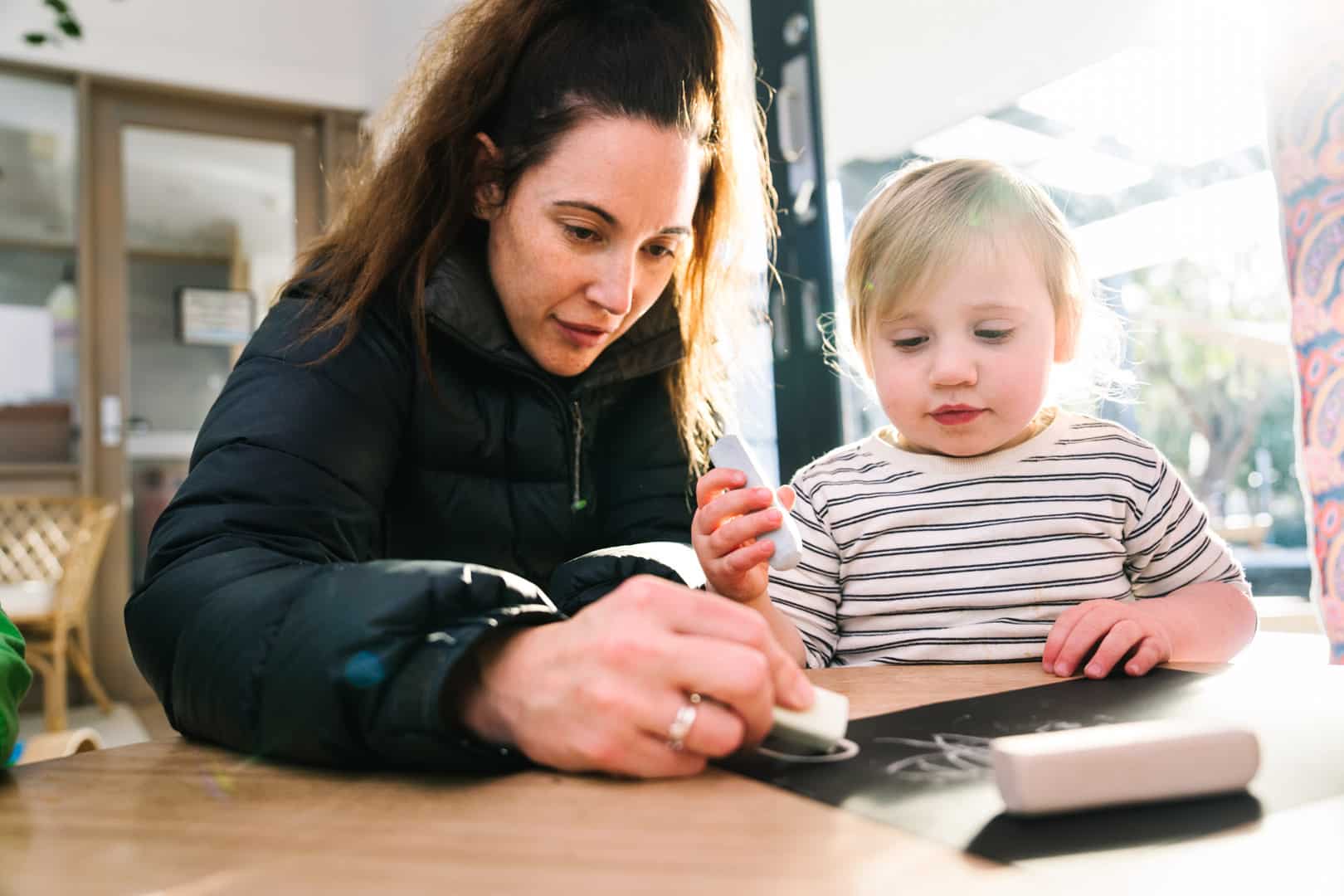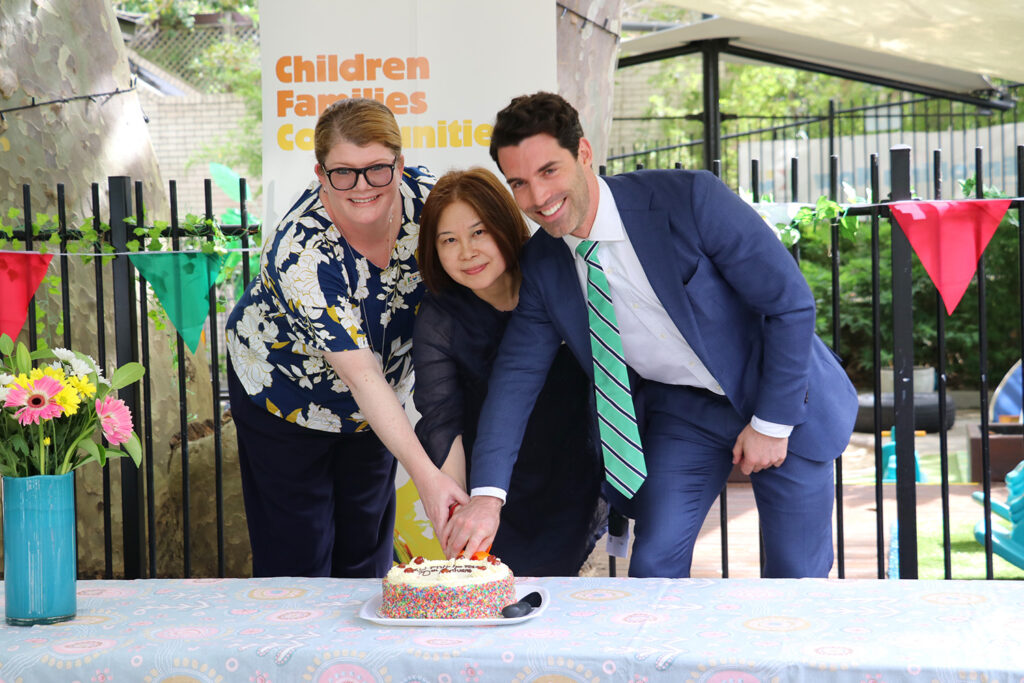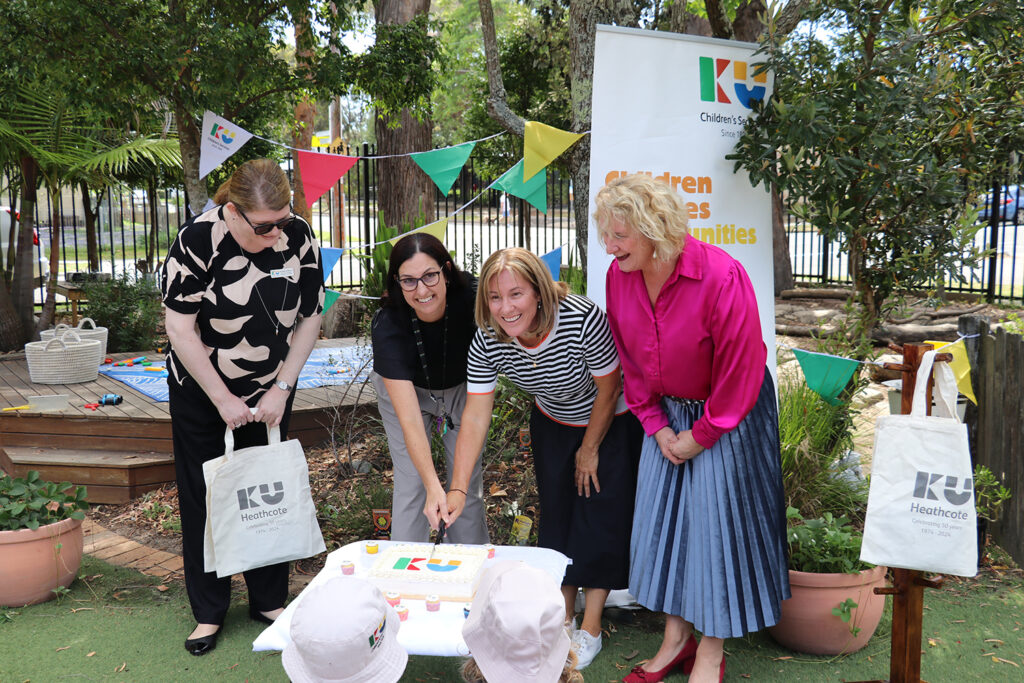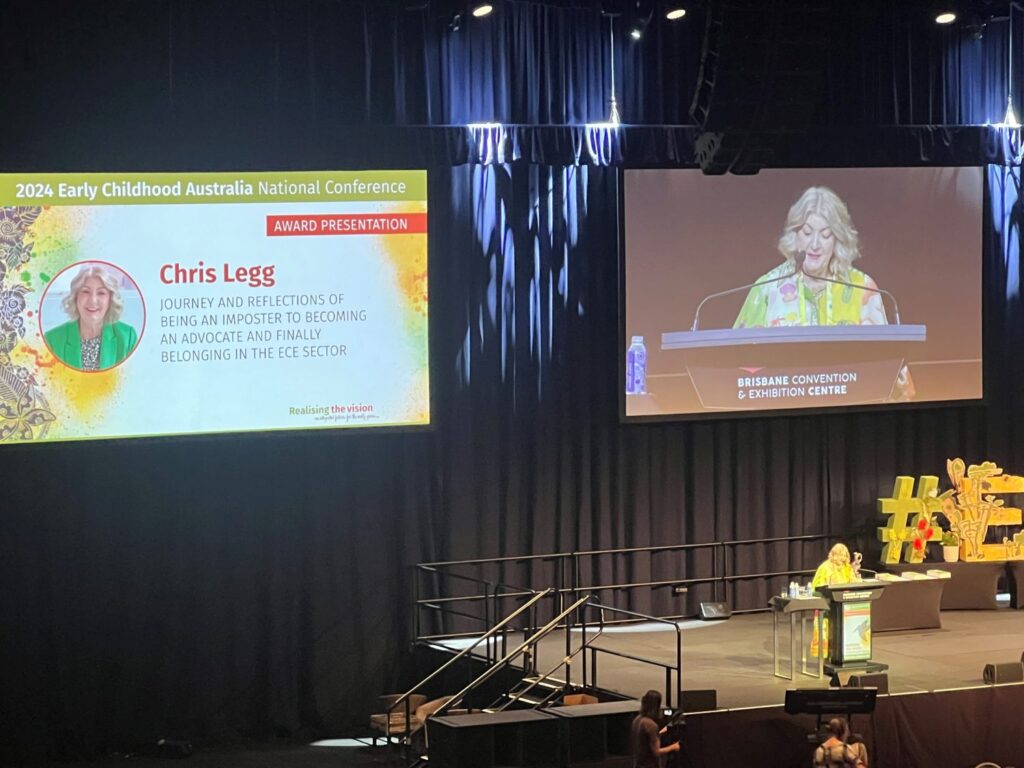
Critical reflection on practice
The National Quality Framework highlights the importance of critical reflection on our work with children. But what is the difference between “reflective practice” and “critical reflection”? This article explores a definition and provides ideas for what it takes to engage in an authentic process of critical reflection.
By Jan Faulkner, KU Learning and Development
March 2022
Towards a definition of critical reflection
Jan Fook (2015) makes a distinction between reflective practice and critical reflection. She suggests that critical reflection goes deeper than reflective practice. When we engage in critical reflection, we examine the power dynamics that frame our decisions and actions and challenge the assumptions we hold to be true. She describes the two practices as follows:
Reflective practice
“…a way of reducing the gap, by unearthing the actual theory that is embedded in what professionals do, rather than what they say they do.” (Fook, 2015: 441)
Critical reflection
“The aim of critical reflection is to assist the learner to unearth and unsettle assumptions (particularly about power) and thus to help identify a new theoretical basis from which to improve and change a practice situation.” (Fook, 2015: 446)
Fook’s definitions suggest that reflective practice is about aligning what we say we do with what happens in practice. While this is an important process to undertake, engaging in critical reflection is to seek out and consider alternate perspectives. The aim is to determine new ways forward and ultimately transform practice with better outcomes for children. The Early Years Learning Framework adds to our understanding by stating that, “Critical reflection involves closely examining all aspects of events and experiences from different perspectives” (EYLF, p13)
Overall, critical reflection involves the following:
- Seeking out, considering and being open to views and perspectives that challenge our own.
- Bringing to light and examining assumptions that we hold to be true without question and that drive our thoughts and actions. In other words, uncovering our ‘blind spots’.
- Continually asking, “What meaning does the information I am hearing have for children’s learning and wellbeing?”
- Constantly transforming our practices in ways that will improve outcomes for children.
It is important to note that critical reflection requires a team approach; a team that is willing to debate ideas, share opinions and consider alternatives. To do so requires trust, willingness to challenge the norms and respect for the opinions of others. We need the curiosity, courage and drive to ask the type of questions that promote discovery. Essential is a curious mindset that leads educators to delve into the thinking of others. In other words, to examine practice through different lenses.
Practice through different lenses
In his book ‘Becoming a critically reflective teacher,’ Stephen Brookfield suggested that we can examine practice through four lenses (2017). By using these four lenses we can illuminate different parts of our teaching, gain a fuller picture of our practice, and become aware of our pedagogical assumptions. He suggests the following four lenses.
- Through children’s eyes: Brookfield suggests that one of the most crucial aspects of being a good teacher is being able to get inside the minds of those we teach. Seeing ourselves through their eyes helps us to uncover the power dynamics at play and understand how our actions impact children’s learning.
- Personal experience: We make sense of new experiences based on meaning gleaned from past experiences and prior knowledge we have of the world. Bringing to light how our past experience impacts our interpretation of events helps us to better understand the thinking of children and families.
- Colleagues’ perceptions: Our colleagues will notice things we have missed, interpret situations differently, challenge some of our long-held beliefs and assumptions and offer ways of doing things differently.
- The lens of theory: Brookfield suggests that theory provides us with a ‘coherent and comprehensive explanation of a piece of the world’. It enables us to stand back and see the big picture.
This is not an exhaustive list – you could also explore practice through the lens of a parent, an ecological lens or a cultural lens. But where do these lenses fit into a process of critical reflection?

Bringing it together – a three-level process
Melinda Miller (2011) introduces us to a three-level process of critical reflection. She suggests that at the first level we must acknowledge our initial reaction to a situation – our feelings, our first response. We do this before moving on to level 2, considering alternate perspectives and then to level 3, drawing new conclusions about practice. The following explanation of the three levels have been adapted from Miller (2011).
Level 1: Reacting
At this level, we are telling our own story of the situation that occurred including:
- Commenting on one’s feelings related to an event/reading/discussion/experience.
- Giving recognition to how we are judging the situation without detailing reasons for the judgement.
- Developing an initial understanding, from our own perspective, of what occurred.
Level 2: Elaborating
We now need to gather further insights about the situation, including:
- Comparing our reaction to other people’s response and perspectives. We ask what are the perspectives of our colleagues, of the children, of the parents?
- Analysing an event by asking questions and considering alternatives.
- Seeking a deeper understanding of an event by relating it to current literature and theories.
Level 3: Reconstructing
After examining and analysing a range of perspectives, we draw new conclusions about our practices and:
- Plan the changes and transformations to our practice that will support children’s learning and development.
- Continue to engage in ongoing exploration and research of the relationships between practice, literature and theory.
Create a climate for critical reflection
Important to critical reflection is that it be a group endeavour and part of daily practice. Services need to create an atmosphere where it is safe and acceptable to share opinions and ideas. One of the ways to create such a climate is to work on conversational skills. Judith Glaser writes that engaging in great conversation is a form of intelligence, and she states:
“
Conversations are dynamic, interactive, and inclusive. They evolve and impact the way we connect, engage, interact, and influence others, enabling us to shape reality, mind-sets, events, and outcomes in a collaborative way.
Judith Glaser, 2014
Glaser suggests that there is a link between the heart and the brain and that during great conversations we feel good, our brains engage, and we open up to the other person. When we don’t feel good, we shut down and become resistant. Engaging in authentic critical reflection means being good at having dynamic, inclusive and collaborative conversations. One way to start the journey towards having such conversations is for the team to set agreed on rules for engaging with each other. These rules might include the following:
- Confidentiality: During open discussions people will often reveal uncertainties and vulnerabilities. For trust to be present, their needs to be an expectation of confidentiality.
- Respect: Show acceptance and be non-judgemental of other points of view. We all have our own stories to tell.
- Openness to new information: Be visibly open to hearing and considering new information that may contradict your current practices.
- Be part of the conversation: Be willing to share experiences, thoughts and viewpoints. Everyone will bring value to the conversation and contributing to robust discussion is a responsibility that we all share.
- Shared success: There must be a focus on celebrating team success and acknowledging everyone’s contributions. Achievements are reached through the support and input of everyone.
Critical reflection is about committing to co-creating with others and having the courage to share your stories, listen to the stories of others, learn from them and be influenced by them.
Want to know more?
To learn more about critical reflection and the full range of KU Learning and Development courses and events, click the below button.
References
ACECQA (2017) National Quality Standard and Operational Requirements: Guide to the National Quality Standard
Brookfield, S.D. (2017) Becoming a Critically Reflective Teacher 2nd Ed USA: Jossey-Bass
Department of Education, Employment and Workplace Relations (2009) Belonging Being and Becoming: The Early Years Learning Framework for Australia Canberra: DEEWR
Department of Education, Employment and Workplace Relations (2010) Educator’s Guide to The Early Years Learning Framework for Australia Canberra: DEEWR
Dewey, J. (1910) How We Think accessed 16/1/2018 from The Project Gutenberg EBook https://www.gutenberg.org/files/37423/37423-h/37423-h.htm#CHAPTER_TWO
Fook, J (2015) “Reflective Practice and Critical Reflection” in Lishman, J. (ed) Handbook for Practice Learning in Social Work and Social Care 3rd Ed. E Book. Pp 440 – 454
Glaser, J. E. (2014) Conversational Intelligence: How Great Leaders Build Trust and Get Extraordinary Results Bibliomotion: New York
Miller, M. (2011) “Critical Reflection” Reflections. Gowrie Australia. Issue 45. Pp 4-6



